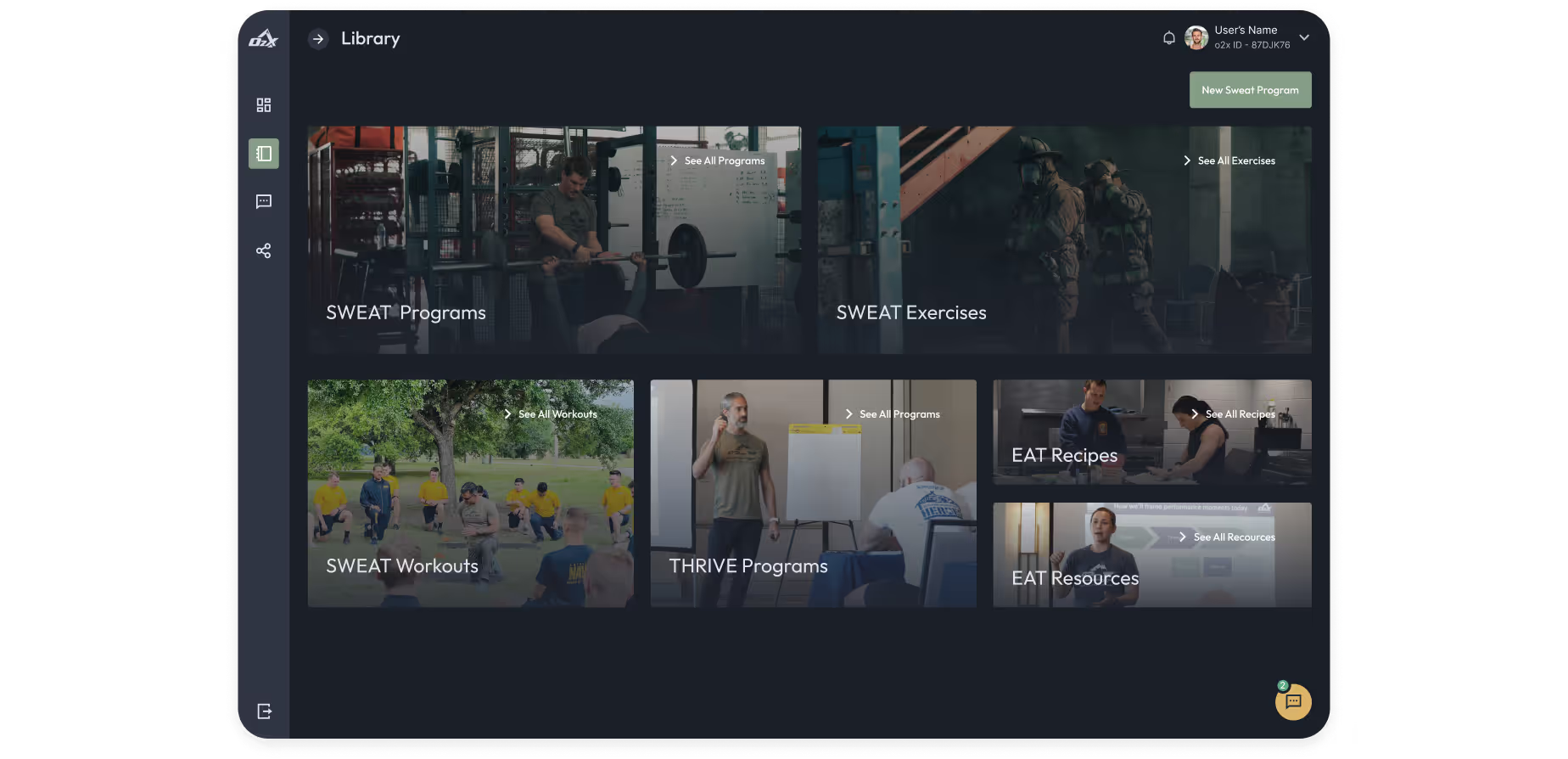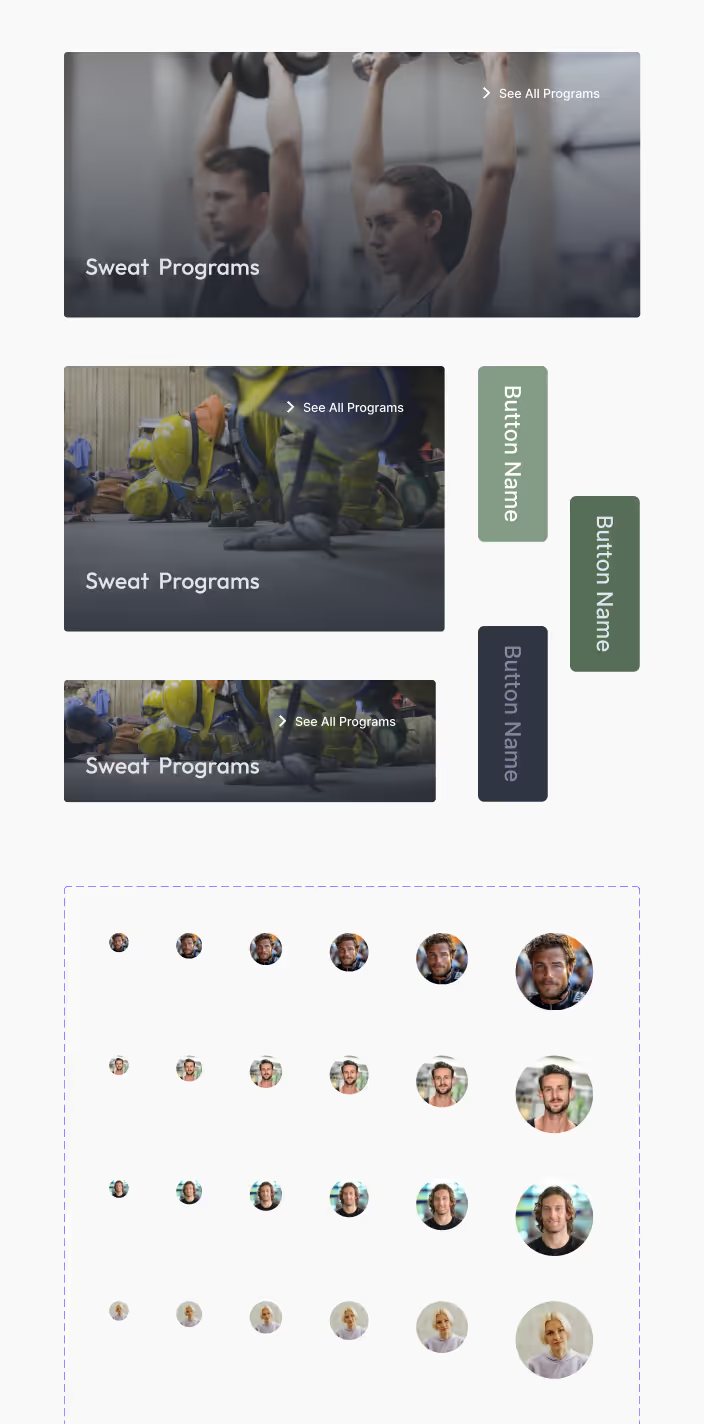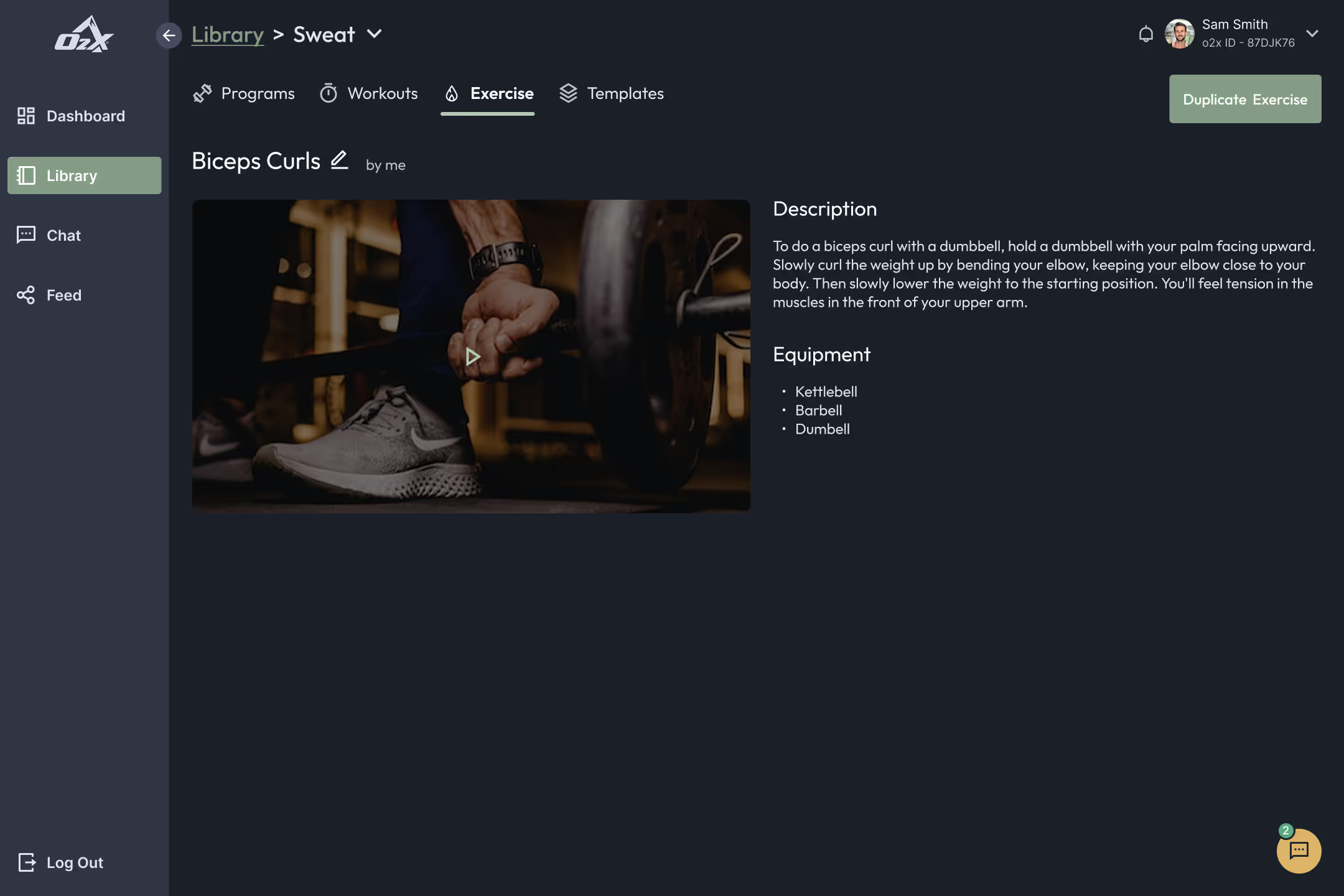Even though I worked alongside two incredibly smart and talented designers who mentored me and guided the process, I was given the freedom to suggest strategic structural and visual solutions.
For example, during the Discovery phase, I facilitated and coordinated several online workshops for the client and key users, such as a product matrix session, and later systematized the results of the user desire map.
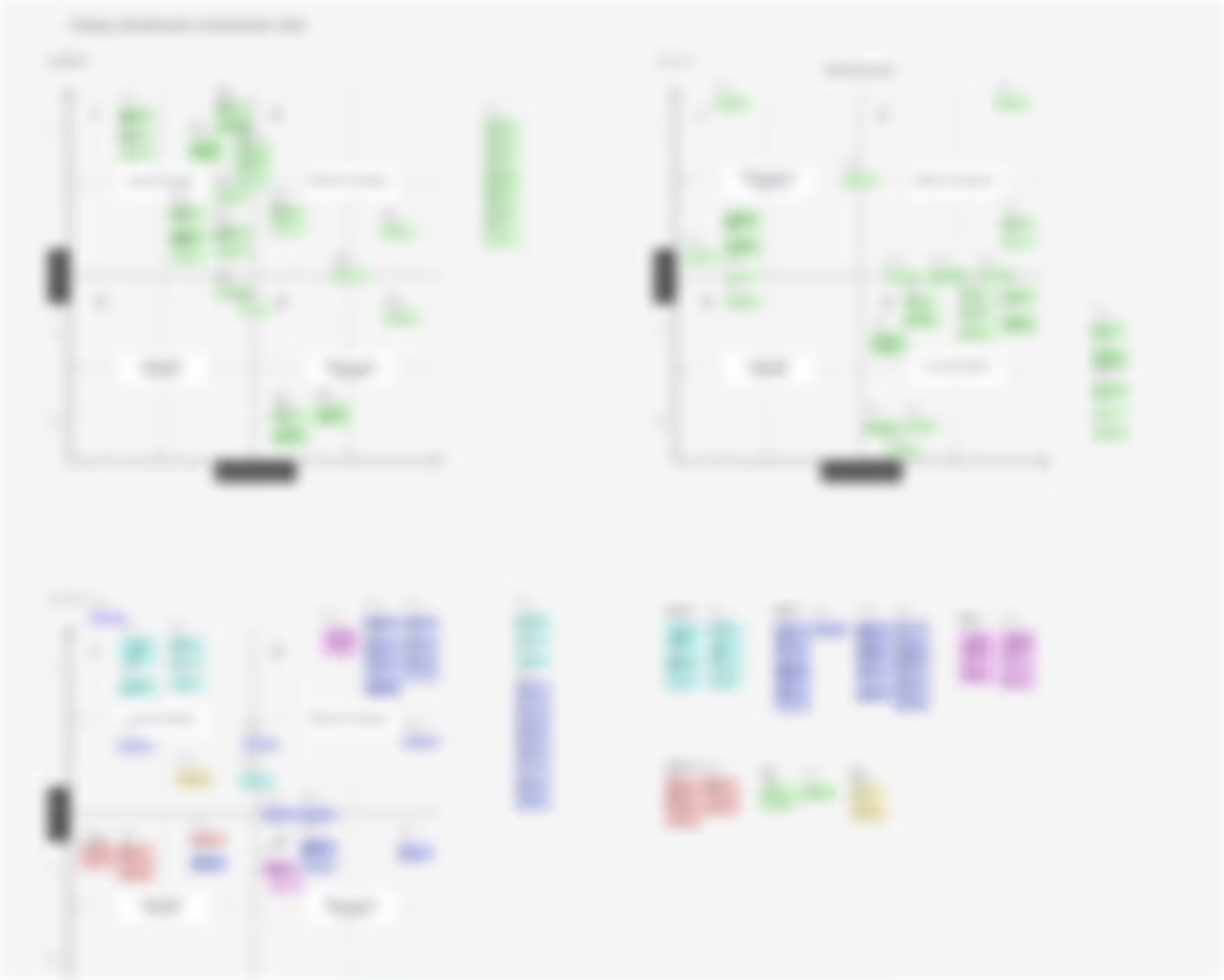
ux research moments
This was one of my favorite parts of the Discovery phase because the product was a portal for trainers working with military forces and similar audiences — firefighters, navy members, and so on. The UX, tone of voice, and communication style were completely different from what I was used to.
I won’t lie — it was a real challenge for my communication skills, and I had to quickly learn how to explain things that seem simple and obvious to designers in a way that was clear and accessible for everyone.
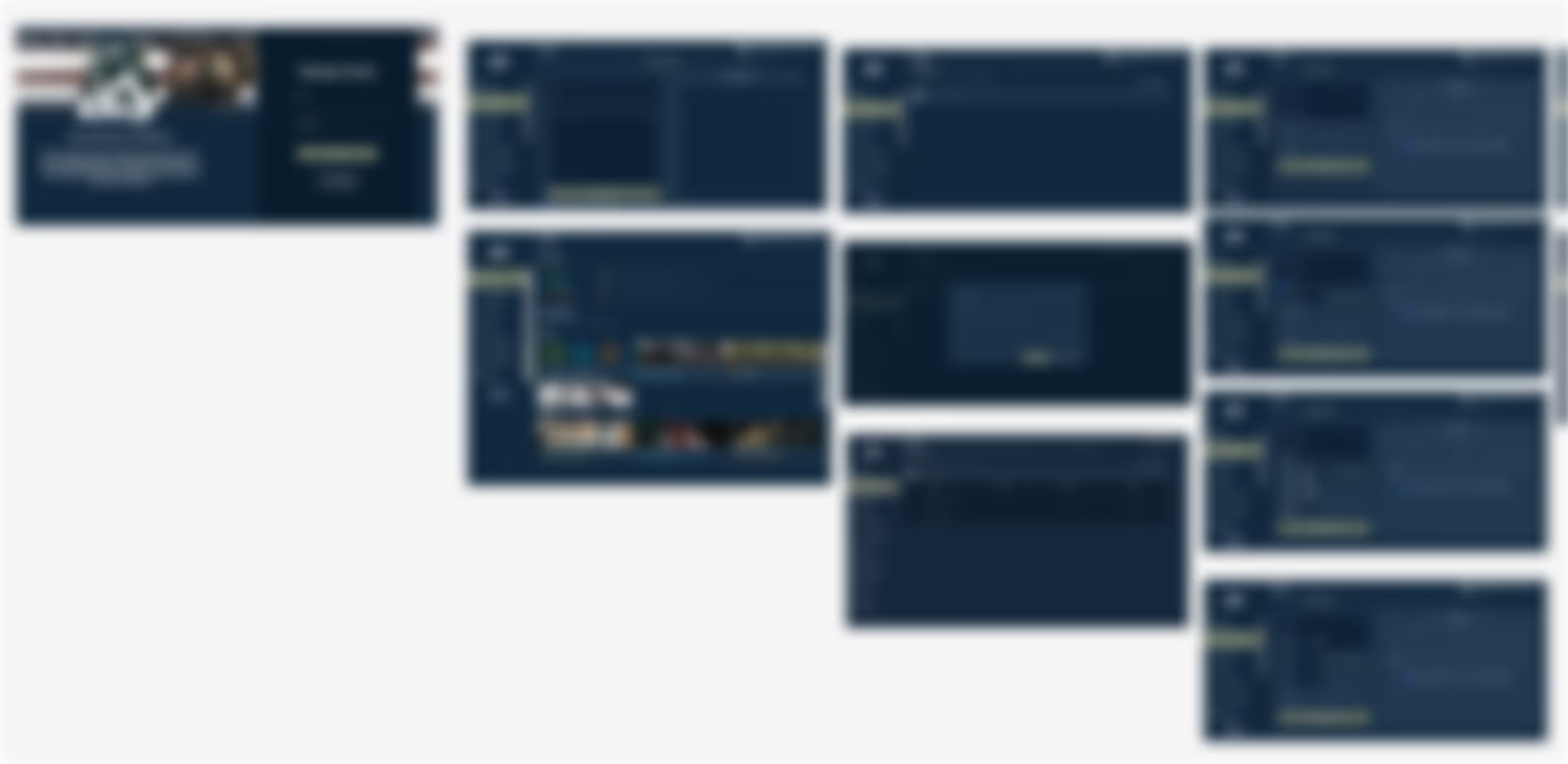
ux research moments
We had a great connection with the stakeholder on the client’s side, which helped us gather a focused group of users and define the core pain points of the existing app. I carried out a full audit and analysis of the current product, focusing on its structural, logical, and visual aspects. Through test usage, I identified numerous usability issues, created a detailed audit report, and later saw many of my hypotheses confirmed during real user testing sessions.
One of my favorite methods — which I’ve used since my first year at university when writing research papers — is what I call emotional navigation in product design. 12 years ago, I chose my first research topic by going outside, observing what frustrated me, studying the problem, and proposing a solution. Surprisingly, this approach remains one of the most effective in personal research — right after data analysis.
MVP to real useful product:
→ analyze exicsting MVP and map the pros and cons
→ learn the best practice
→ conduct the deep product research
Find the best solution for the users´problems:
→ gather and complete the most fitting UX research methods
→ through itterative process, find the most optimal set of features for the product

